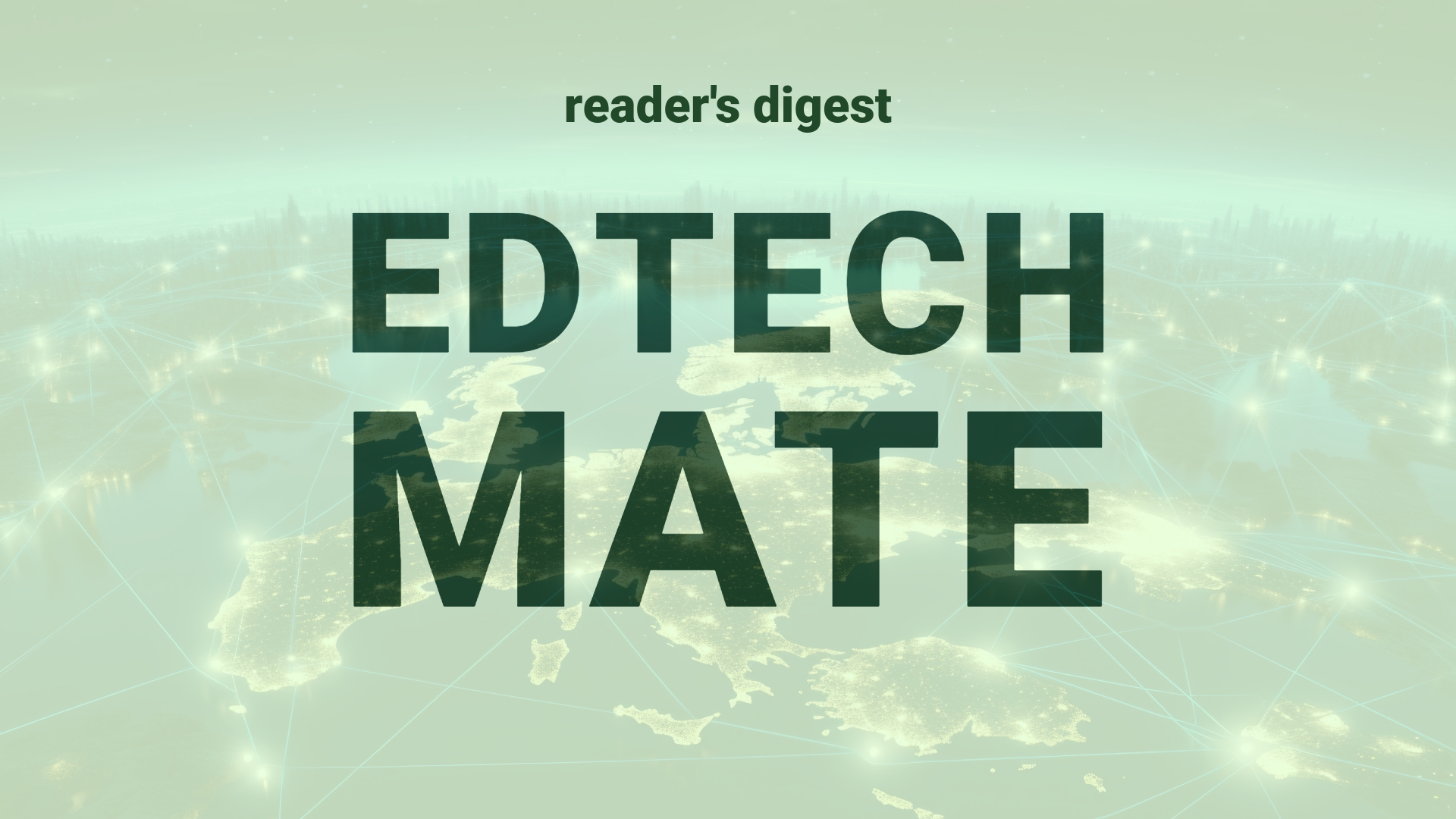Executive Summary and Main Points
Key innovations and trends in the education sector are increasingly being shaped by the concept of economic empowerment and affordability, critical to fostering inclusive growth and helping learners achieve a decent standard of living. The introduction of the McKinsey Global Institute’s “empowerment line,” an alternative to the traditional poverty line, offers a nuanced metric for assessing the capability of individuals to afford essential goods and services in different countries. In higher education, this metric could guide strategic initiatives focused on affordability and accessibility. The landscape is also being altered by post-pandemic inflation and rising costs in essentials such as housing, healthcare, and education, highlighting the necessity for a balanced economy where education plays a vital role in empowerment.
Potential Impact in the Education Sector
The concept of the empowerment line could significantly influence the strategies in Further Education, Higher Education, and Micro-credentials. In the quest for economic empowerment, educational institutions may seek strategic partnerships and leverage digitalization to lower educational costs and increase accessibility. The benchmark of full economic empowerment might drive colleges and universities to reassess tuition fees, explore open educational resources, and expand online program offerings. The ultimate goal would be to enable learners to acquire essential skills and knowledge without incurring prohibitive debt, thus facilitating a direct pathway to personal empowerment and contributing to the overall growth of economies globally.
Potential Applicability in the Education Sector
Innovative applications involving AI and digital tools could be tailored to cater to the needs of the global education systems, ensuring affordability and accessibility. AI-driven personalized learning platforms can aid in creating cost-effective, scalable educational models, while predictive analytics might help institutions optimize their resources and course offerings. Automation and AI could streamline administration and reduce overhead, translating to lower costs for students. Additionally, embracing hybrid and fully online modes of learning, institutions can potentially reduce infrastructure costs and pass these savings onto their students, thus aligning with the principles beneath the empowerment line.
Criticism and Potential Shortfalls
A critical analysis of applying these economic principles to the education sector reveals potential shortfalls. For instance, the reliance on technology and digital tools may not be as effective in regions with low digital literacy or inadequate infrastructure. Moreover, comparative international case studies indicate varying degrees of success in integrating AI and digitalization into higher education, often reflecting disparities in resource allocation. Ethical implications related to data privacy, along with cultural considerations in content delivery and AI interactions, may also pose significant barriers to the effective adaptation of these tools globally.
Actionable Recommendations
For the implementation or exploration of these technologies in current or future projects, it is recommended that international education leadership strategically invest in upskilling faculty and staff to harness AI and digital tools effectively. Partnerships with technology providers and advisers could assist institutions in overcoming initial barriers to entry. Additionally, adopting a tiered approach to tuition, where students pay based on the actual costs and their ability to pay, could enhance affordability. Finally, cross-sector collaboration with industries and governments could provide subsidized educational opportunities that align with empowerment goals, fostering a more inclusive and economically stable global society.
Source article: https://www.mckinsey.com/mgi/overview/in-the-news/from-priced-out-to-economically-empowered-why-affordability-matters

